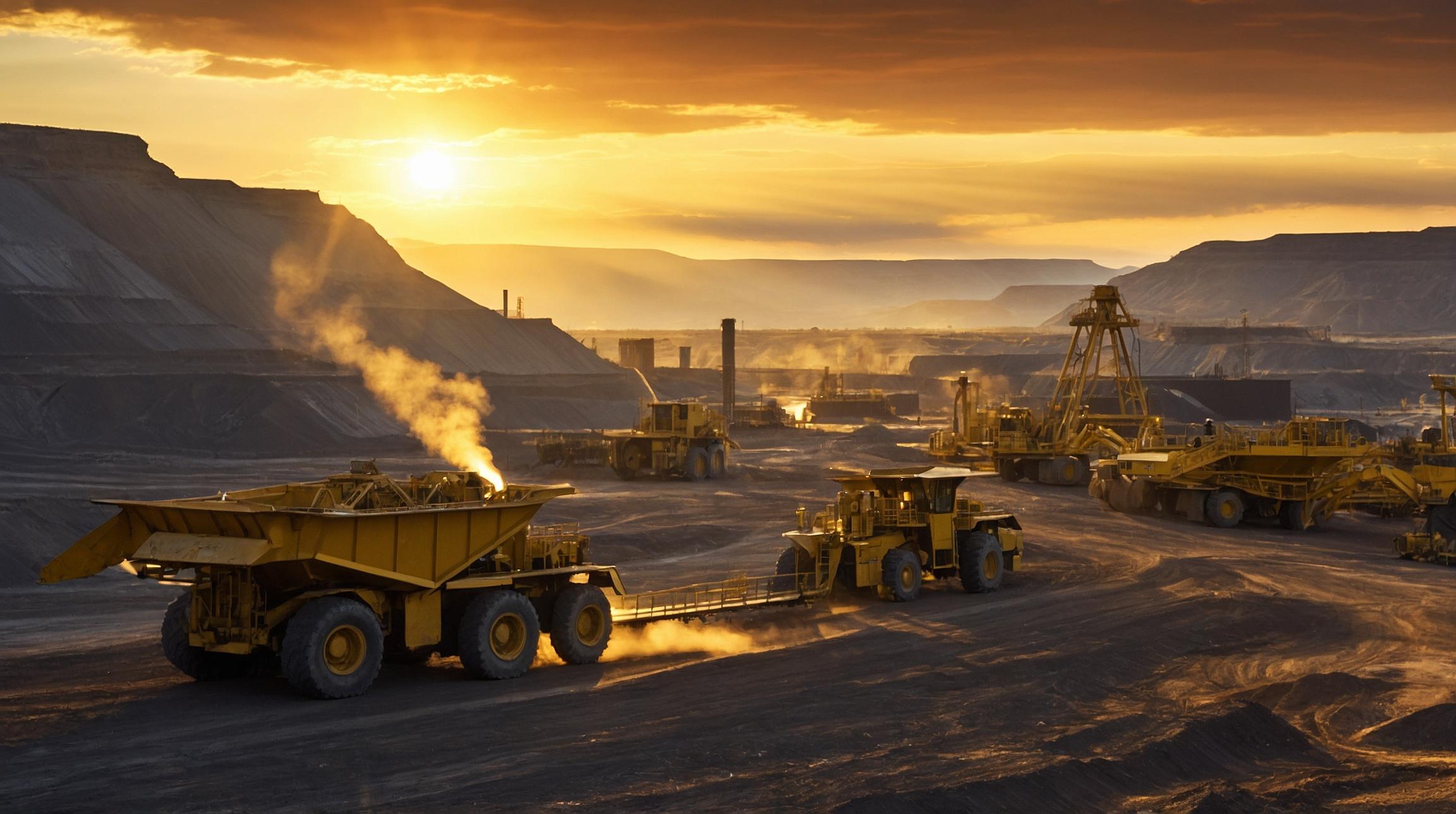Uranium Production and Market Trends
In 2023, uranium production saw a notable increase, rising by over 10% or 14 million pounds. This surge in production is largely attributed to the expansion of existing mines, with Kazakhstan playing a crucial role. Kazakhstan's production expectations have been adjusted slightly upward to 59 million pounds this year, as issues with sulfuric acid supply are anticipated to be resolved. In Canada, key mines like Cigar Lake and McArthur River have shown improved performance and are expected to reach their production plateau this year. Meanwhile, the newly developed McLean Lake mine is projected to contribute 0.5 million pounds annually.
Citi's Bullish Outlook on Uranium Prices
Despite a recent dip in uranium prices due to limited trading volume and liquidity, analysts at Citi Research express confidence in a potential price rebound. They project uranium prices to climb to $98/lb by the end of the year and expect an average of $94/lb in 2024. This optimism is driven by a rising demand for nuclear energy, with supply struggling to keep pace. Looking further ahead, Citi forecasts prices to average $110/lb in 2025, reflecting a continued bullish sentiment as demand for nuclear energy intensifies.
Supply and Demand Dynamics
The pace of uranium mine restarts and the development of new mines globally will be crucial in determining future uranium prices. Citi projects supply growth of 17 million pounds in 2024, followed by increases of 14 million pounds in 2025, 12 million pounds in 2026, and more moderate growth thereafter. By 2030, cumulative supply growth is expected to reach 38 million pounds, yet global uranium requirements are anticipated to exceed 40 million pounds during the same period. Though inventories may balance the market short-term, a long-term decline in inventories is projected, highlighting the importance of increased production.
Nuclear Energy Demand and Its Drivers
The demand prospects for uranium are improving as clean energy needs and greater power consumption make nuclear energy increasingly attractive. In the United States, the rise of AI and data centers is expected to boost total power demand by 11% by 2030. Recent record-breaking 2025/2026 PJM capacity market auction results have surpassed expectations, indicating strong growth potential for nuclear energy in the U.S. Though no new reactors are projected in the near future, measures like uprates, plant life extensions, and the restarting of retired nuclear plants aim to increase uranium demand.
Impact of Nuclear Plant Restarts
The restart of nuclear plants is anticipated to have the most significant short-term impact on uranium demand, as initial fuel loading requires three times more uranium than regular refueling. In the U.S., aside from the potential restart of the Palisades plant, discussions are underway for the restart of Three Mile Island 1, Indian Point Units 2 and 3, and Duane Arnold. Globally, reactors in Taiwan, India, and Canada could potentially be restarted within five years, further boosting uranium demand.













